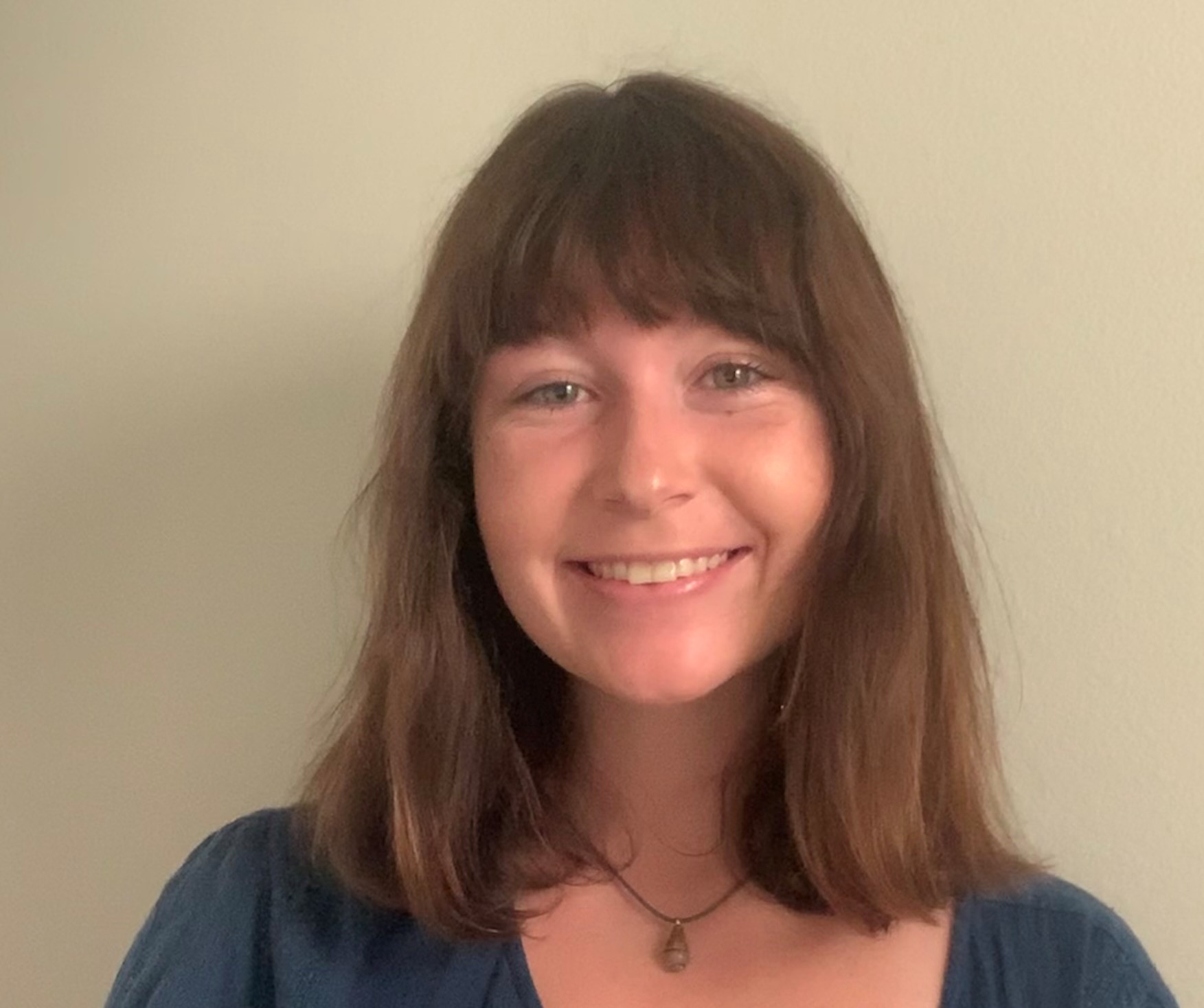Research Symposium
22nd annual Undergraduate Research Symposium
Morgan Dansby Poster Session 4: 12:30-1:15/Poster #69

BIO
Morgan Dansby is from St. Petersburg, Florida. She is graduating in the summer of 2022 from the College of Art and Sciences with a B.S. in Environmental Science. She is interested in investigating the impacts of plastic pollution on the ocean and the influence of illegal bycatch on marine fish and reptile populations. She strives to pursue a career that would allow her to conduct research on anthropogenic impacts observed in the marine environment, implement mitigation strategies from her research findings, and share her discoveries with younger generations to create stewards of our ocean across the Earth. In the long term, her goal is to start a non-profit that is centered around ocean education, where she can travel to developing-coastal nations and implement a curriculum based on ocean awareness and conservation.
Microplastic Composition in Relation to Wastewater Treatment Plants
Authors: Morgan Dansby, Aaron RidallStudent Major: Environmental Science
Mentor: Aaron Ridall
Mentor's Department: Biological Science Mentor's College: Arts and Sciences Co-Presenters:
Abstract
The increasing global production and use of plastic by humans have led to an accumulation of enormous amounts of plastic litter in the world’s oceans. Wastewater treatment plants are a major pathway of plastics, especially microplastics (1 μm-5 mm), to the aquatic environment. To investigate the microplastic size distribution and composition in relation to wastewater treatment plants, samples were collected at two sites in areas of wastewater treatment plant outflow (Lynn Haven & Watson Bayou), and three sites in areas thought to be free of contamination (West Bay, East Bay & North Bay) in the St. Andrews Bay System in Panama City, Florida. Each site contained three stations and three sediment cores were collected with a percussion corer at each station. ImageJ was used to analyze the particle’s size and composition from each station. We found that the unpolluted sites contained 71.68% fiber, 21.64% fragment, 6.68% film, whereas the polluted sites contained 49.7% fiber, 48.4% fragment, and 1.9% film. We discovered that fiber particles were the most abundant across the embayment. Since different microplastic types are abundant across the polluted and unpolluted sites, the likelihood of marine organisms ingesting microplastic particles is relatively equal across the system. This study suggests that there is an urgent need for microplastic regulation and implementation of mitigation strategies across the St. Andrews Bay System and further research on the distribution to quantify the amount present to determine the likelihood of ingestion by organisms.
Keywords: Microplastics, Composition, Wastewater Treatment

